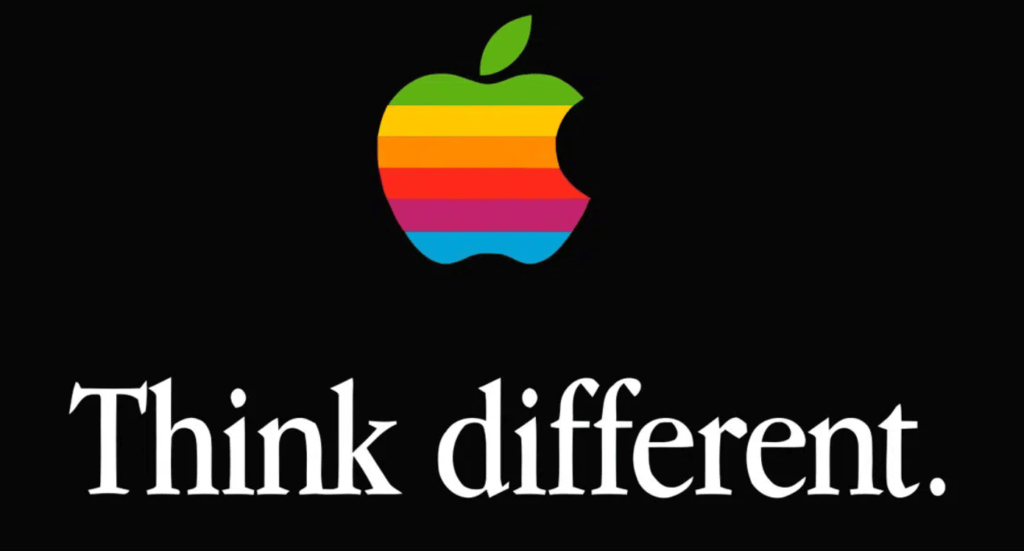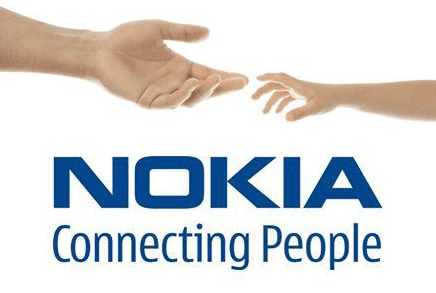The identity of your brand is the set of attributes and values that make it unique and unmistakable. All brands have an identity, as it is what allows them to stand out in the market and position themselves before the consumer. Your brand manifests itself in various ways, one of which is verbal identity.
Verbal identity is very important, as it is what makes it recognizable and gives your brand a unique personality. Through it, your brand communicates with the consumer and conveys a clear and concise message.
[poll id=”33″]What is a brand’s verbal identity?
The verbal identity of your brand is the set of linguistic elements that characterize it and give it personality.
These elements include:
- The name
- The slogan
- The tone
- The language.
Differences between verbal and visual identity
A visual identity of a brand is the logo, the design, and the way the brand presents itself to the public. The verbal identity of a brand is how the brand communicates to the public through its name, slogan, and/or other language elements.

Elements of verbal identity in brands
Name
The brand name is the first element of its verbal identity. It should be brief, easy to pronounce, and ideally evoke something that the brand represents.
Slogan
The slogan is a short and memorable phrase that reflects the values and personality of your brand. The slogan you choose is a catchy, brief phrase that sums up what the brand represents. It should be memorable and able to capture the essence of the brand.
Tone of voice
Tone is the set of attributes that determine the character and unique style you want to impart. The tone of voice that represents you refers to how the brand communicates, and it should be consistent across all its content. The tone of voice can be serious or informal, but it must reflect the brand’s values.
Keywords
Language is the set of terms and expressions used to communicate with the consumer. Keywords are those that the brand uses to describe its company and are often used in its communication. The keywords you choose should be relevant to the brand and evoke the benefits it offers.
Message
The message is the central statement that defines what the brand represents. It should be concise, engaging, and able to connect the brand with your customers.
The importance of verbal identity for a brand
The verbal identity of your company, organization, or brand is very important because it is what makes it recognizable and gives it a unique personality. Through it, you communicate with the consumer and convey a clear and concise message.
The verbal identity of a brand is important because it:
● Helps position the brand in the market
● Facilitates communication of the brand with the consumer
● Makes the brand recognizable
● Gives the brand personality

How to develop the verbal identity of a brand?
The development of your brand’s verbal identity should be done strategically and thoughtfully. It’s important to consider:
- The target
- The market
- The competition
- The brand’s objectives.
From these elements, you should define the message you want to convey, the tone, and the language to be used.
Examples of verbal identity in brands
There are many examples of verbal identity in brands. Some of the most prominent include:
- Nike: “Just Do It“
- Volkswagen: “Think Blue”
- Coca-Cola: “Open Happiness”
- McDonald’s: “I’m Lovin’ It”
How to improve the verbal identity of my brand?
There are many ways to improve the verbal identity across your organization. Some examples include:
1. Make your brand look and sound more professional. Use a logo and slogan that are simple but powerful. Ensure your website and social media profiles are attractive and professional.
2. Ensure that all of your brand’s marketing and communication materials use consistent language. It’s important that all the messages you send are coherent and reflect the values and personality of your brand.
3. Create high-quality and relevant content. Make sure all the content you publish on your website, blog, and social media is informative, useful, and of interest to your target audience.
4. Engage with your customers and followers. Respond to comments and questions promptly and professionally. Show that you care about your customers and are willing to help.
5. Maintain a positive and enthusiastic attitude. If customers perceive that you and your team are passionate about the brand, this can be very contagious.
Conclusion
The verbal identity of a brand is a statement of intent for the brand and helps establish an emotional connection with the target audience. It should be consistent with the brand’s visual identity and establish a unique personality for the brand.



